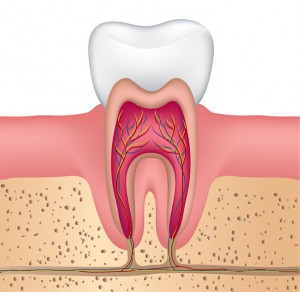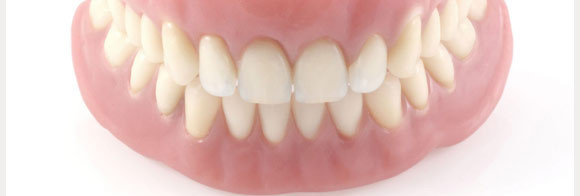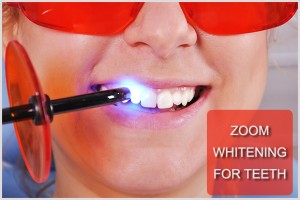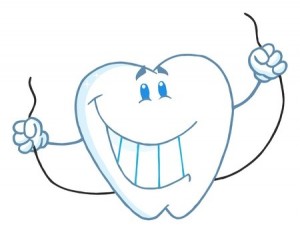Bleeding Gums
Bleeding gums are a sign that you may or are in the danger of having periodontal disease or gum disease. However persistence gum bleed could be a sign of other problems as well such as:
Bleeding Gums May Lead To
– Gingivitis: A sever case of gingivitis (Flossing Benefits Learn More) can cause bleeding gums and swellings.
– Cirrhosis: A severe scarring and poor function of the liver caused by alcohol, virus or exposure to toxins. Some medications can also cause this disease.
– Pernicious anemia: It is an autoimmune disease that body does not make enough health red blood cells causing B-12 deficiency.
– Low platelet count: Also known as thrombocytopenia. It would cause the blood not to clot properly.

Healthy Gums
– Leukemia: Cancer of blood cells. The signs of this disease includes bleeding and bruising, bone pain, weight loss, fatigue, and sweating at night.
– Tooth decay: Cavities are holes that are form in the tooth. It is caused when bacteria (Fight Bad Breath Learn More), acids (Cavity Prevention Learn More) and food turns into plaque (Teeth Whitening Tips) . In sever cases when much of the tooth structure is missing, the gum can grow into the cavity hole and cause severe inflammation of the gums that can result in gum bleeding.
– Factor V, X, VII deficiency: A rare blood clotting disease that causes spontaneous bleeding including gums.
– Pregnancy: No matter what you do, the gums might be more inflamed (Inflamed Wiki Page) and bleed easier when one is expecting. It is as a result of hormonal changes in body.
– Vitamin C deficiency: This occurs when one does not eat enough fruits and vegetables in diet leading to swollen and painful gums (Maintain Oral Hygiene) that bleed easy.
Bleeding Gums Overview
The most common reason for gum disease (Gum Disease Treatment) though is poor oral hygiene (Dental Check Ups). Brushing (Brushing Tips) twice a day and flossing (Dental Flossing Instructions) once is a must for everybody to maintain healthy gums and teeth (Healthy Gums & Teeth).If plaque is not properly cleaned it leads to gingivitis which is a reversible disease. If gingivitis is not properly treated by better hygiene and seeing your dentist for professional teeth cleaning, it could lead into gum disease which is not reversible.
For more questions about Bleeding Gums or if you want to schedule an appointment please contact our office. (310)820-7010 | contact@westladentalcare.com | 12340 Santa Monica Blvd. Suite 241 West Los Angeles, CA 90025. Thank you so much for taking time to learn about bleeding gums, remember your teeth are only as good as their keep. Have wonderful day!












 Pull the floss taut and use a gentle sawing motion to insert it between the two teeth. During dental flossing, when the floss reaches the tip of the triangular gum flap, curve the floss into a C shape against one of the teeth. Then slide the floss gently into the space between the tooth and the gum until you feel resistance. Holding the floss tightly against the tooth, scrape up and down five or six times along the side of the tooth. Without removing the floss, curve it around the adjacent tooth and scrape that one too. Repeat on the rest of your teeth. Don’t forget the far sides of your back teeth. When the floss becomes frayed or soiled, a turn of each middle finger brings out a fresh section of floss. After dental flossing rinse vigorously with water.
Pull the floss taut and use a gentle sawing motion to insert it between the two teeth. During dental flossing, when the floss reaches the tip of the triangular gum flap, curve the floss into a C shape against one of the teeth. Then slide the floss gently into the space between the tooth and the gum until you feel resistance. Holding the floss tightly against the tooth, scrape up and down five or six times along the side of the tooth. Without removing the floss, curve it around the adjacent tooth and scrape that one too. Repeat on the rest of your teeth. Don’t forget the far sides of your back teeth. When the floss becomes frayed or soiled, a turn of each middle finger brings out a fresh section of floss. After dental flossing rinse vigorously with water.